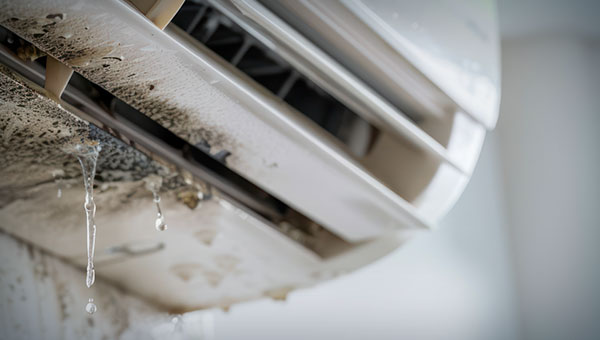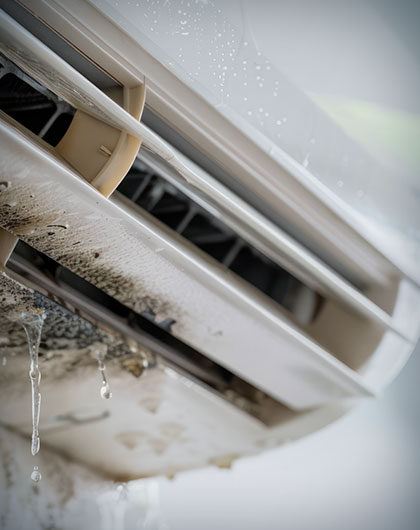
The first thing that comes to mind when one hears the term mold is the idea of damp, dark basements or musty, water-swollen regions. People cannot imagine that dry climates with sunny skies and conditions that are even desert-like can be associated with mold problems at all. But in reality, mold can rear its ugly head anywhere, including cold climates and desert environments. This article focuses on mold behavior in arid areas and methods of controlling and combating it.
As much as we would wish it did not, mold is as sinister as it gets when it comes to feeding off of its respective habitat, and unfortunately for us, dry climates seem to be no exception. Mold spores are invisible to the naked eye. They are present everywhere, float in the air, and can land on any surface. Thus, the main problem in arid climates is not the excess of moisture but, rather, subtle sources of humidity that may manifest indoors.
Because of the dry climate, it is expected that mold formation will not be a problem in the early stages. Indeed, how can something that normally grows in areas with high humidity and hot temperatures adapt to places that can have rather dry air? The answer is found in the fact that there are industry-specific factors that shape such environments.

Mold is resourceful and can always adapt to the existing conditions even if the climate is dry. The main point here is that one does not need a monsoon to find mold; it is just a few drops of water from time to time. In arid climates, the sources of humidity are less apparent, but they are equally as efficient. Even pipes that release water, inadequate ventilation, and even high indoor humidity are places where certain spores require moisture to thrive.
A major source, specifically in relatively dry regions, is the use of evaporative coolers, which are also referred to as swamp coolers. Even though these systems are meant to add moisture to the air to a comfortable level, they also provide excess moisture when used often without proper care. This can form a conducive place for mold to grow, especially if the system is not washed or leakage is developed.
One of the other potentially underestimated issues is condensation. In a dry climate, one might not expect the temperatures to drop during the night, but they do, and this causes window, pipe, or wall condensation. Due to condensation, moisture can form, which may lead to mold growth, especially where the areas are not well insulated or ventilated.
It is quite challenging to identify mold problems in areas that experience extremely low humidity levels. In such surroundings, the mold might not present itself in the thick, easily identifiable growths that are common in highly humid climates. However, it might manifest itself as a weak, stale smell or mild staining on walls and ceilings.
Regular inspections are crucial. Be especially careful for any part where water could form, even if it is minute. This is in areas such as under sinks, behind fridges, and inside corners where there is likely to be inadequate air circulation. Any sign like a foul smell that never seems to disappear or any stains that seem strange should be looked into.
Learn the signs that suggest mold is present in a home or building. For instance, if there has been any leakage or dampening in the house, no matter how small, then such areas should be inspected carefully. In the first place, in dry regions, mold often begins to appear as a thin and barely noticeable layer, so vigilance becomes a priority.
It is always better to prevent something than correct it after it has occurred. Therefore, keeping a house free of mold in dry areas requires constant cleaning alongside the following steps. Firstly, you need to control the indoor humidity. High humidity is not a problem that you have to face, but maintaining a moderate humidity level (between 30-50%) can solve the problem of mold formation.
Air conditioning and evaporative cooling systems are also important, and they should always be properly maintained. See that these systems are maintained properly and any problems, such as leakage, are rectified as soon as possible. Clean and change filters where necessary to reduce the amount of moisture that is allowed to accumulate.
Ventilation is widely considered a key factor in mold control. Make sure that areas that are likely to be moist, such as the washrooms and the kitchen, are well-aired. Ventilate and/or install exhaust fans in these areas to prevent moisture buildup. Further, check for proper operation of vents or fans and ensure that they are not a source of moisture in the room.
Last but not least, any possible sources of moisture must be attended to in order to prevent mold from growing. This covers activities such as fixing dripping taps or pipes, responding swiftly to water damage, and insulating your home to avoid the formation of condensation.
Despite the fact that managing mold could often be a complicated task, especially in dry regions, it is completely possible if only one understands the facts and takes the right precautions. By being observant and knowledgeable about the causes of mold development in desert climates, you can ensure the safety of your home.
If you have reason to believe that your house has mold, do not wait for the problem to worsen. Contact FDP Mold Remediation now. Our specialists are eager to help you find the best ways to prevent and get rid of mold and make your living space safe for you and your family. Contact us today to book a consultation appointment and be on the right track to a mold-free home.



